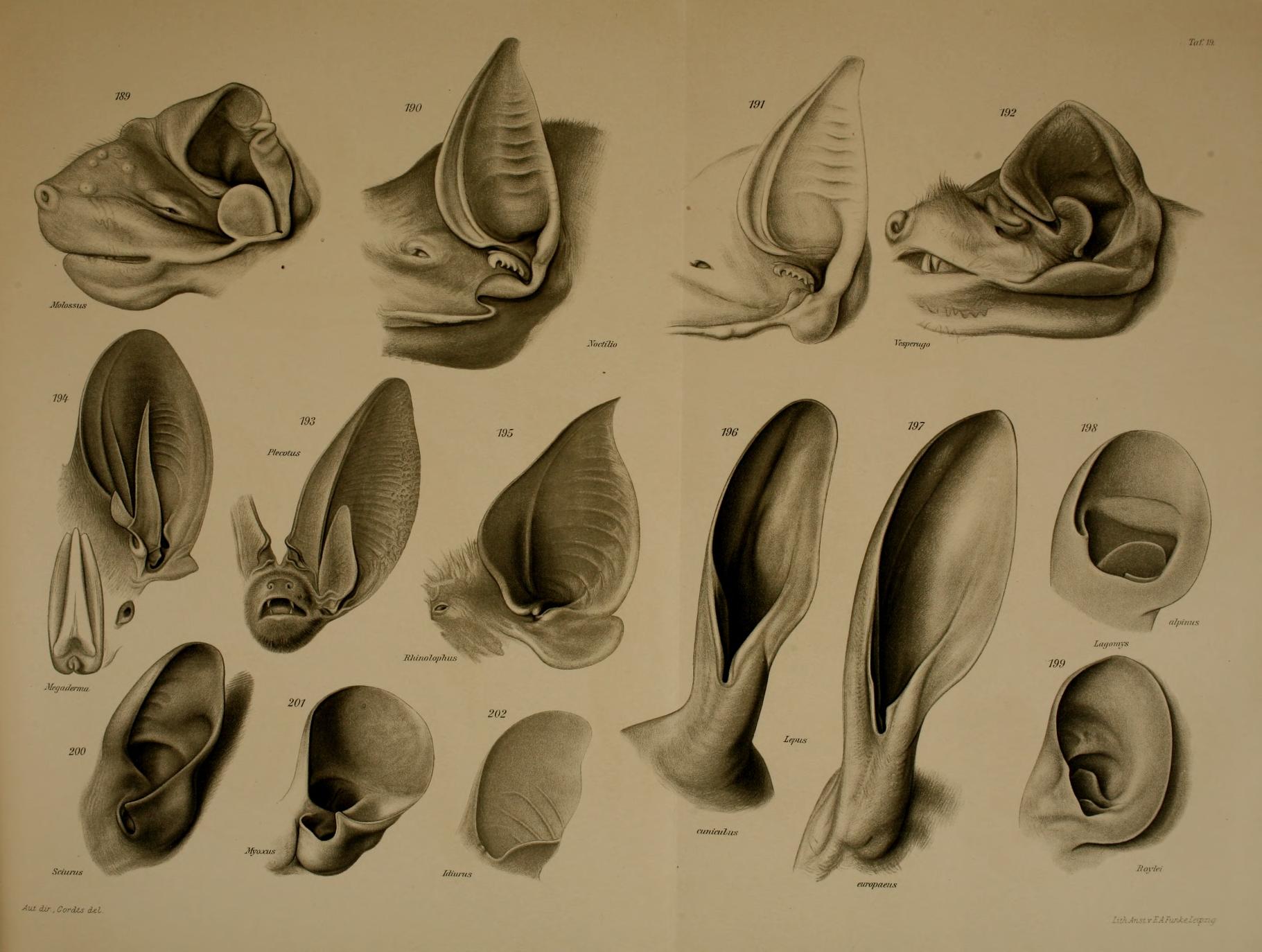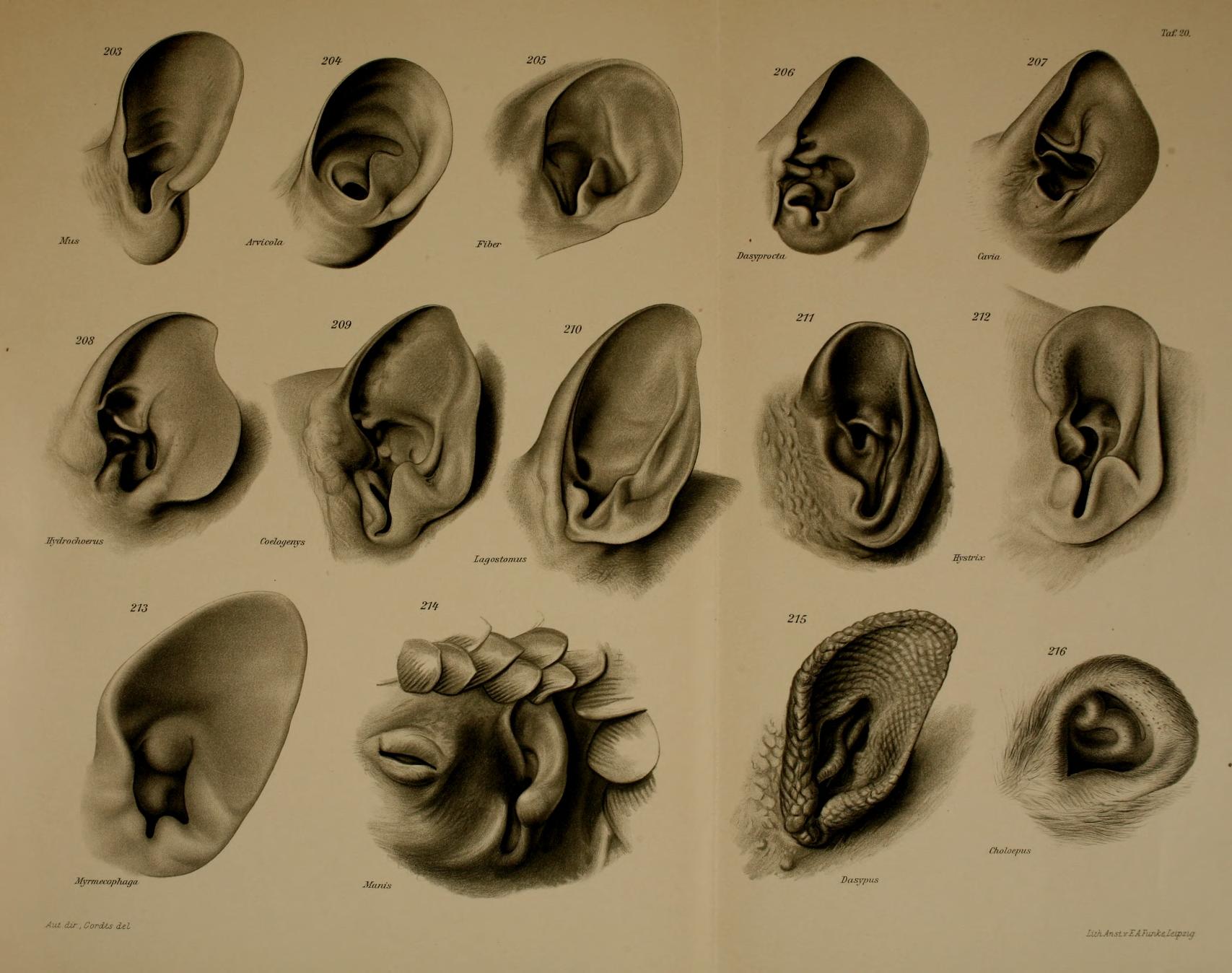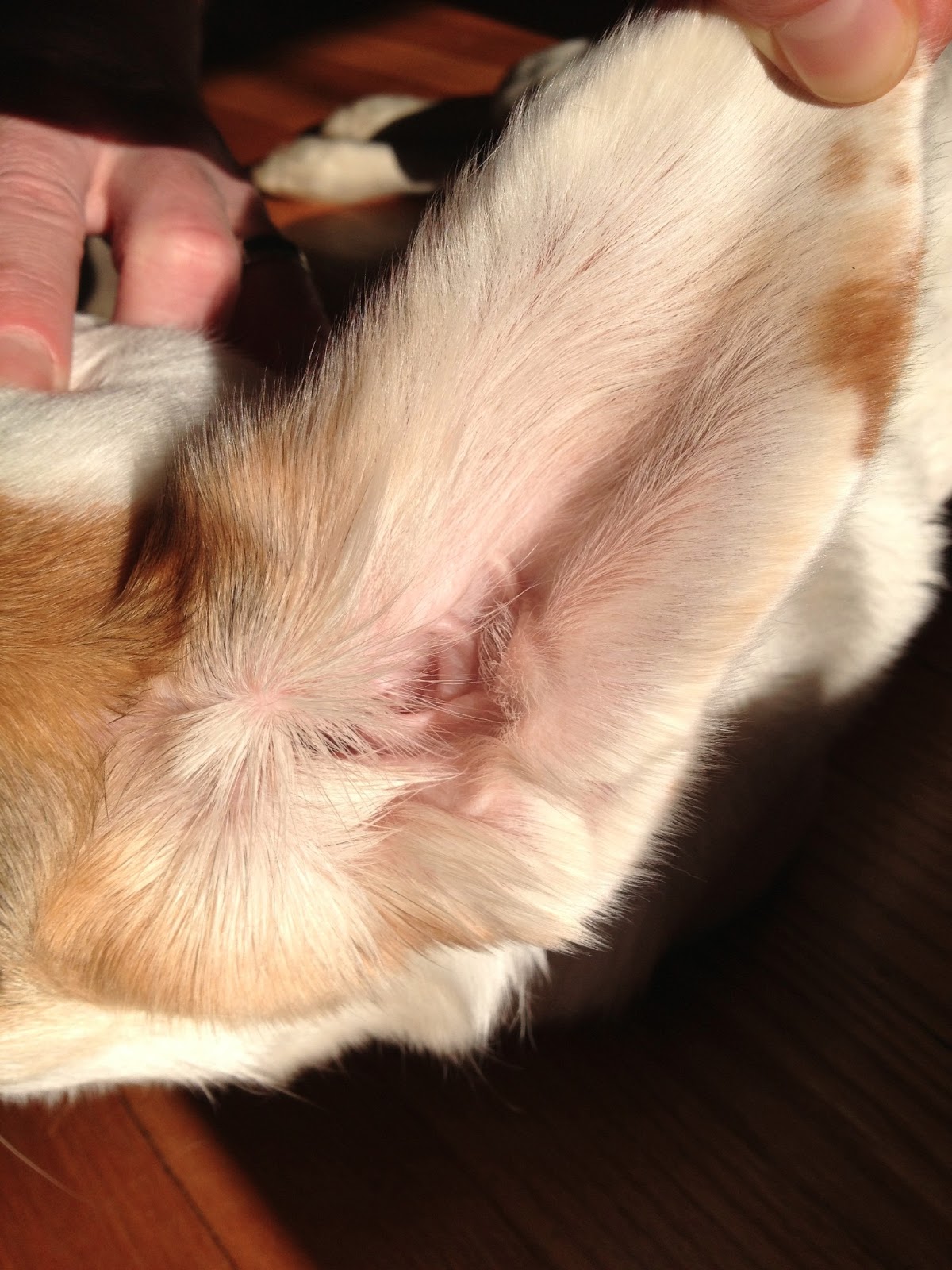Say What?!
Sometimes I come across items in the BHL collection that elicit an immediate response. In this case it was, “Look at all those ears!”
Ears indeed. In 1912 Johan Erik Vesti Boas published his Ohrknorpel und äusseres ohr der Säugetiere; eine vergleichend-anatomische Untersuchung (Ear cartilage and outer ear of mammals, a comparative anatomical study). Beautifully illustrated, Boas’ book takes us through a host of mammal ears from rodents, to whales, kangaroos, pigs, bats, primates, and yes, even humans. There are some very nice cartilage spreads as well which we have included in our in our Flickr photostream but for now I will show some of my favorite pinnae (outer ear) pin-ups!
 |
| Find the ear of the tiny tenrec here! |
 |
| Ooh, there’s a pika ear in here! |
 |
| Can you spot the capybara ear? |
I cannot help but throw in a picture of a full color mammal pinna from my very own Canis lupus familiaris. If you look closely you can see the aperture, or the entrance of the ear canal, under all that hair.






Leave a Comment